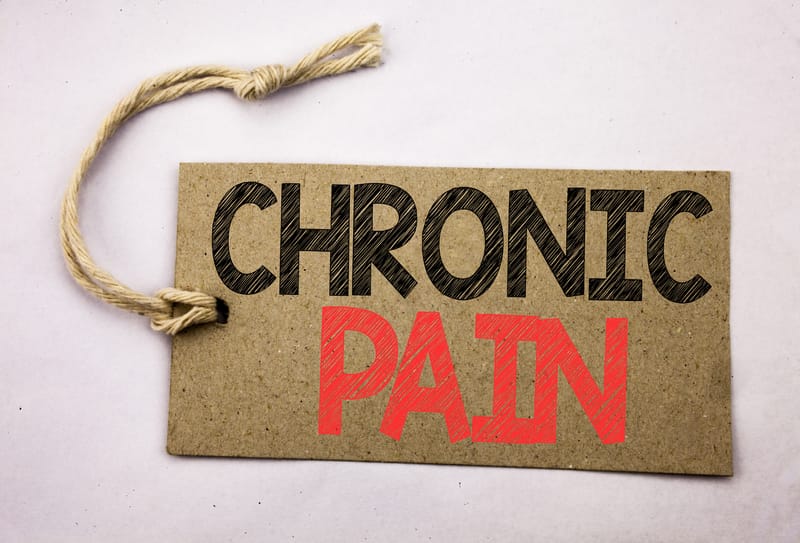Most (70%) of the people with chronic pain who participated in a recent study have seen their condition worsen in terms of severity, frequency of episodes and interference in their daily activities during the pandemic, according to researchers.
The study, performed by the eHealth Lab, a research group affiliated with the Faculty of Health Sciences and the Universitat Oberta de Catalunya’s eHealth Center, was published in the Journal of Clinical Medicine.
A total of 502 patients took part in the study; 88% were women aged between 30 and 59, with long-duration chronic pain (mean duration, 7 years). Most participants (87.6%) had pain in more than one point; the most frequent locations were the abdomen, lower back and neck.
The participants answered online surveys, designed in accordance with the IMMPACT (Initiative on Methods, Measurement, and Pain Assessment in Clinical Trials) methodology, and the CPGQ (Chronic Pain Grade Questionnaire) was used to compare changes in the pain perceived by the patients since lockdown began, a media release from Universitat Oberta de Catalunya explains.
How the Pandemic May Worsen Pain
The results suggest that job insecurity, worries about the future, the number of people living in the same dwelling, having someone close who has died of COVID-19, or fear of becoming infected with the virus may be related with a worsening of the pain.
The study also suggests that the pandemic has favored the emergence of new pain triggers. While stress and weather changes were the most frequently mentioned triggers before the pandemic, during lockdown a large number of participants have mentioned worrying about the future, sleep problems, insecurity, negative thoughts, sadness, loneliness, insufficient physical activity and fear of contagion as triggers.
Pain Management Changes
The pandemic has also changed how a significant proportion of patients manage their pain. More than half (54.5%) have changed how they cope with it, the researchers comment in the release.
“The study has shown that since the state of emergency began, more than half of the patients have used rest to manage their pain, and a similar percentage have increased the consumption of medication. Both could have counterproductive effects.”
— Rubén Nieto, professor and researcher at the UOC’s eHealth Lab
However, with the pandemic, people have also started turning to a new positive way to combat pain. Indeed, 48.2% have included stretching exercises as a new tool for dispelling pain, they add.
ICTs, a Way to Cope
“When there is a chronic pain problem, it is important that people be able to learn to live with it, focusing on achieving their life goals, with or without pain. It is difficult to eliminate the pain altogether, but it is possible to learn to cope with it and live with it. Biopsychosocial interventions may be useful, in which holistic approaches to pain management are used.”
— Rubén Nieto, a specialist in understanding, assessing and treating pain problems from a multidimensional viewpoint
Unfortunately, most people do not have access to these interventions, as few centers offer this type of treatment, and health professionals receive little specific training in pain management, according to Nieto, in the release.
However, information and communication technologies (ICTs) are emerging as a useful tool for taking this type of treatment to chronic pain patients, Nieto adds.
“ICTs provide an opportunity for combating pain and improving well-being, since they can facilitate access to evidence-based interventions at an affordable cost. And they can increase personal autonomy and empowerment.
“We need to learn from the experience gained from the pandemic in the use of ICTs in health. The possibilities are limitless, from the classic teleconsultation to solutions based on artificial intelligence. But first we must plan and test their use.”
Source(s):
Universitat Oberta de Catalunya, EurekAlert
Rehab Management/Posted by Debbie Overman | Mar 3, 2021 https://rehabpub.com/pain-management/chronic/covid-19-had-this-impact-on-chronic-pain/

